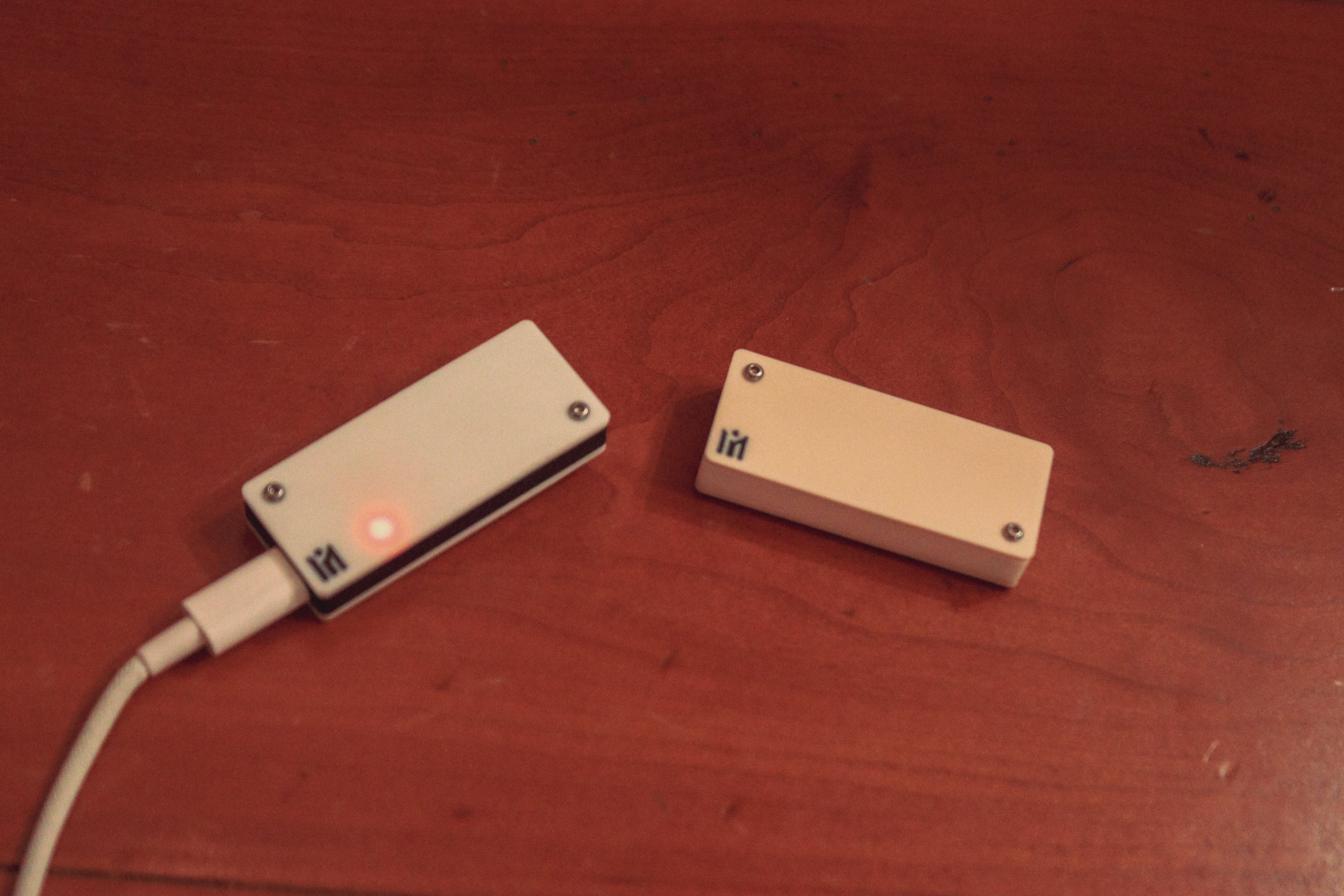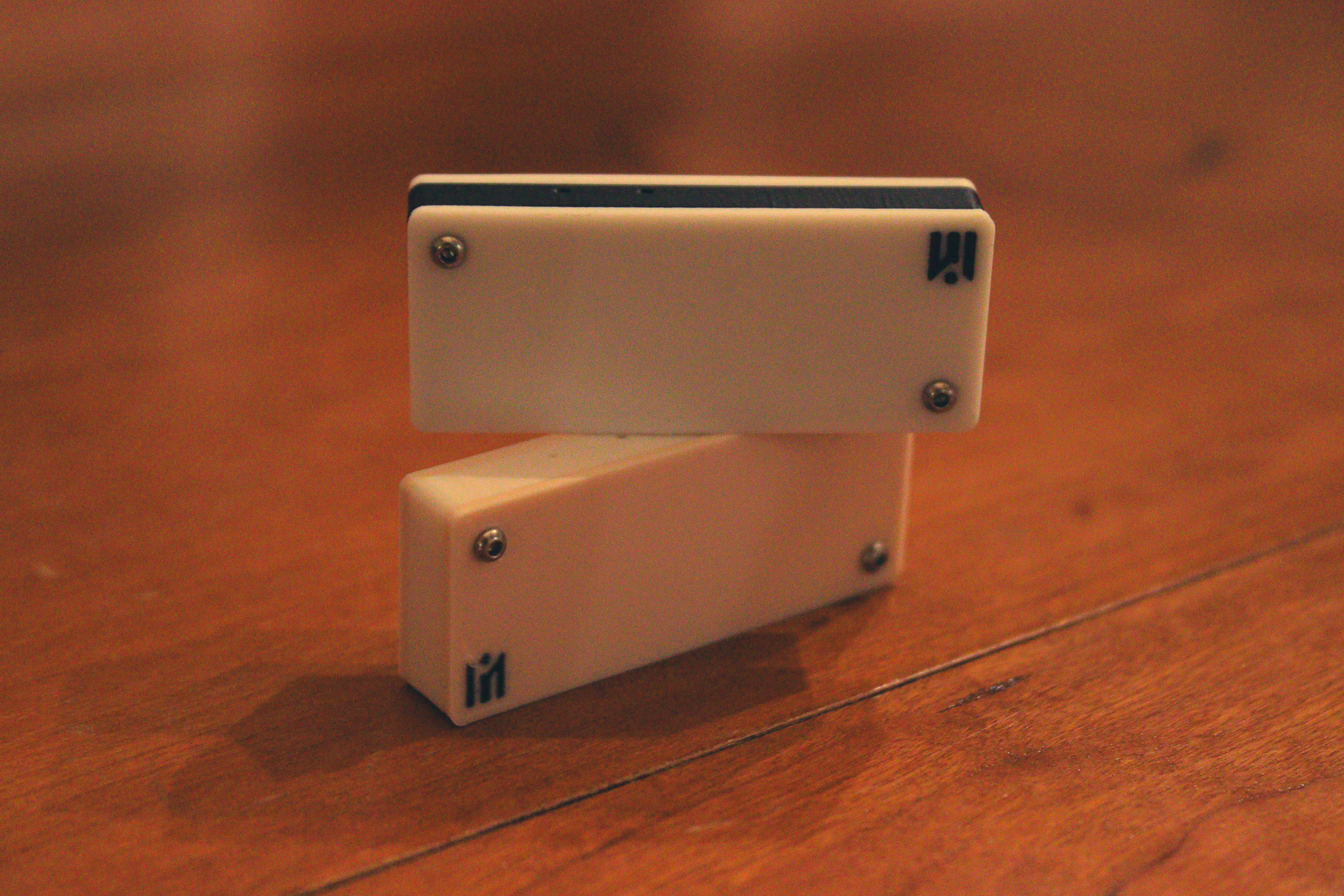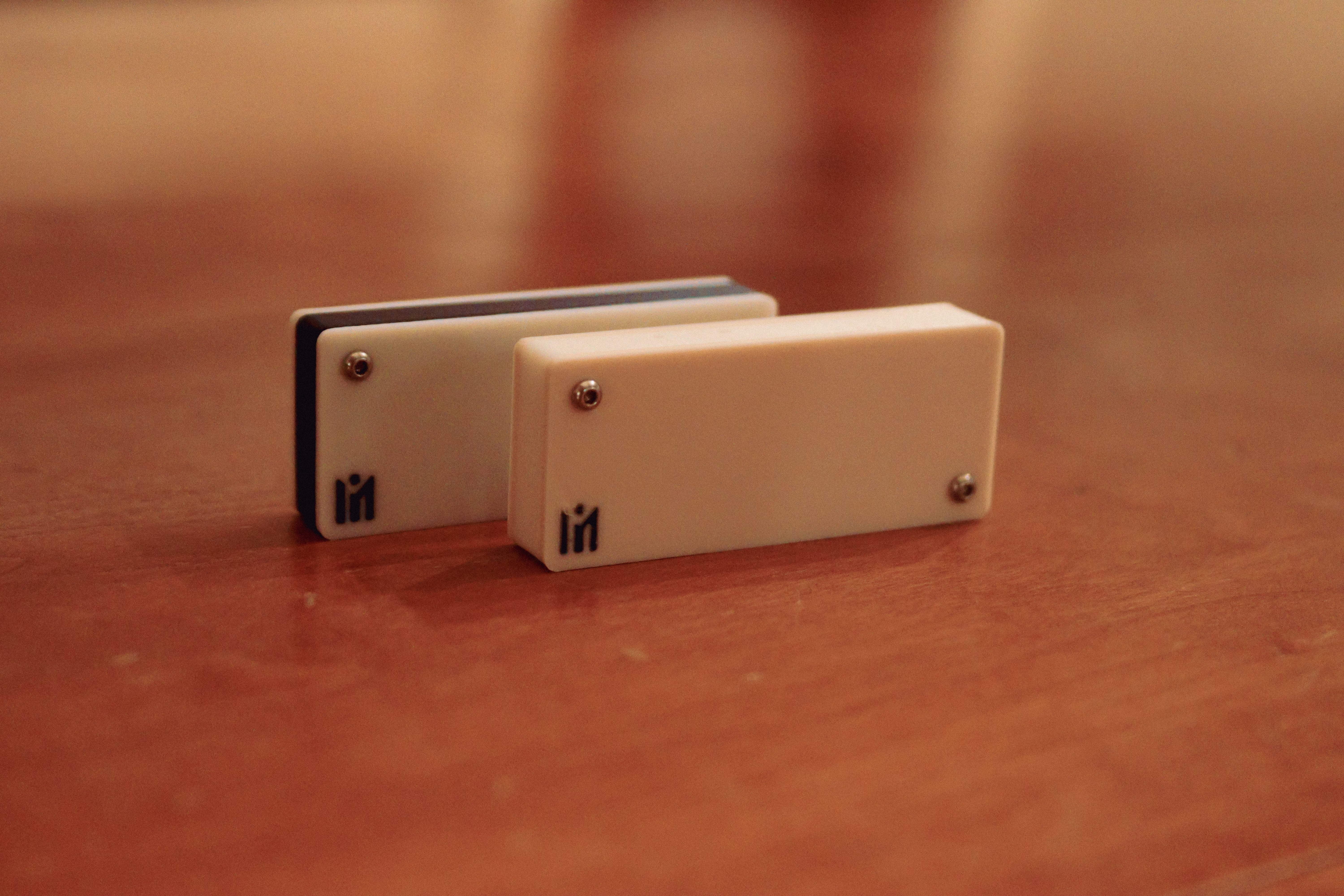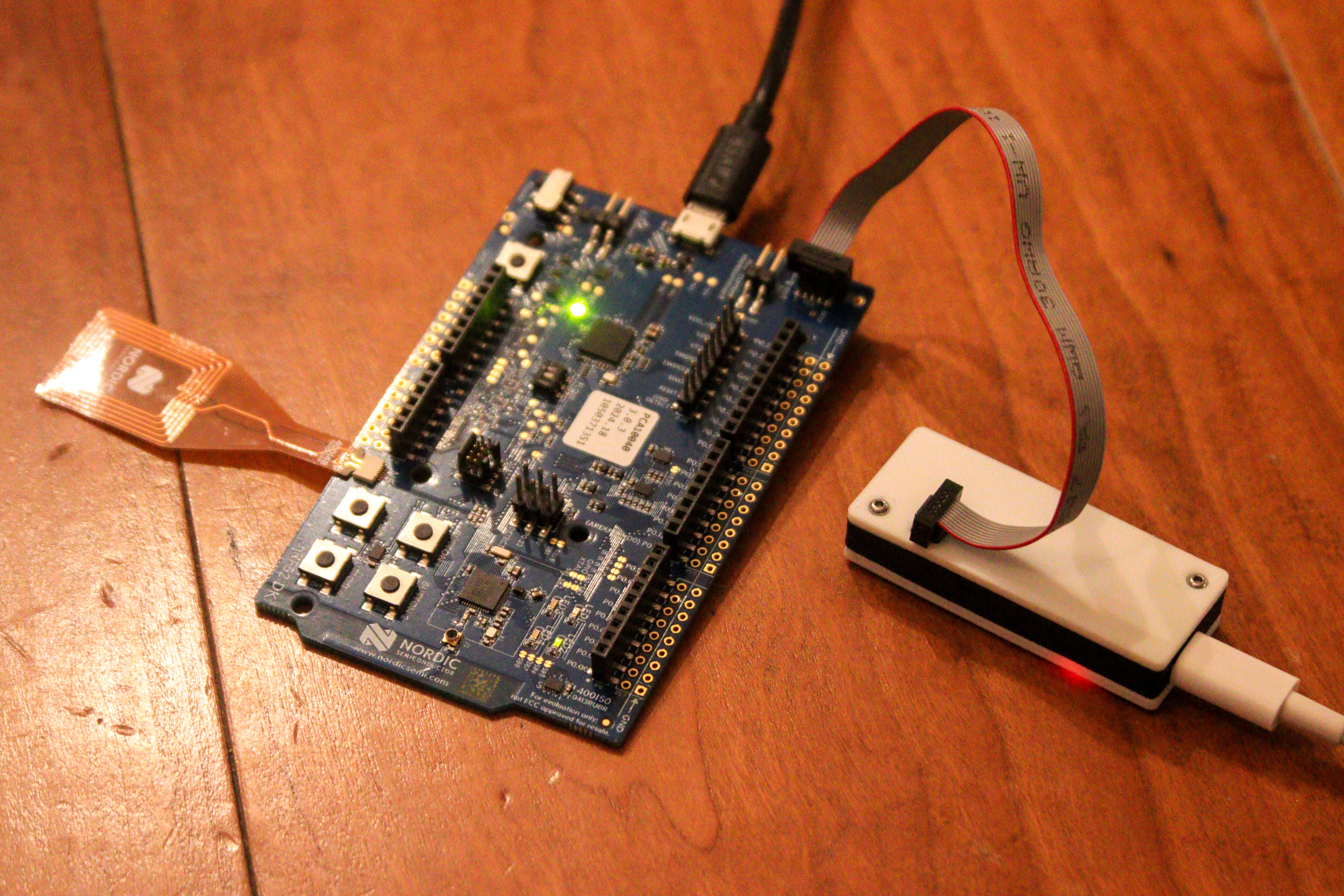CLASP
This project is a dive into BLE (Bluetooth Low Energy) within wearables. The goal is to produce a wearable in the form of a bracelet that tracks when in proximity to other bracelets of the same type and logs interactions. This functions as a system beyond existing social media, promoting physical interactions, as well as a way to track the interactions in your life and represent your connections with people through time.
While the overall goal of this project is the creation of a BLE bracelet, the primary goal at the moment is to allow two nRF52382 RF chips to register each other when in proximity. Once this is achieved, the system will be mounted within a bracelet and powered off of a LiPo battery. In the future, a mobile app could be created to sync and display the bracelet interaction data.
Initial Prototypes
This project started by building rough prototype circuits to teach myself PCB design.
These were two initial prototypes built in Autodesk’s Fusion 360. The two boards were developed with the goal of low-power energy harvesting. Previous to the now refined goal of social interaction logging, these earlier prototypes simply served to teach myself PCB design and demonstrate the powering of LEDs via TEG plates.
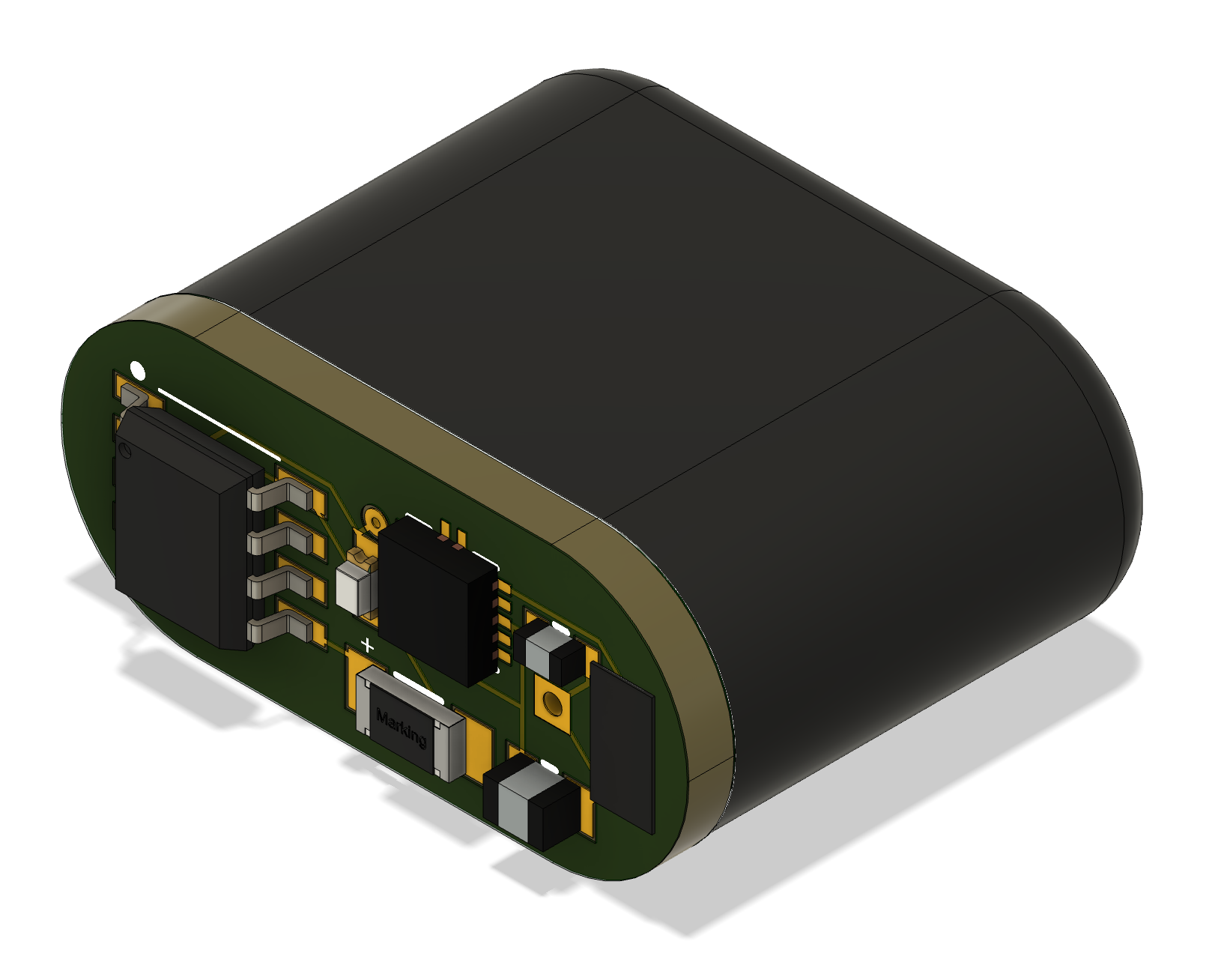
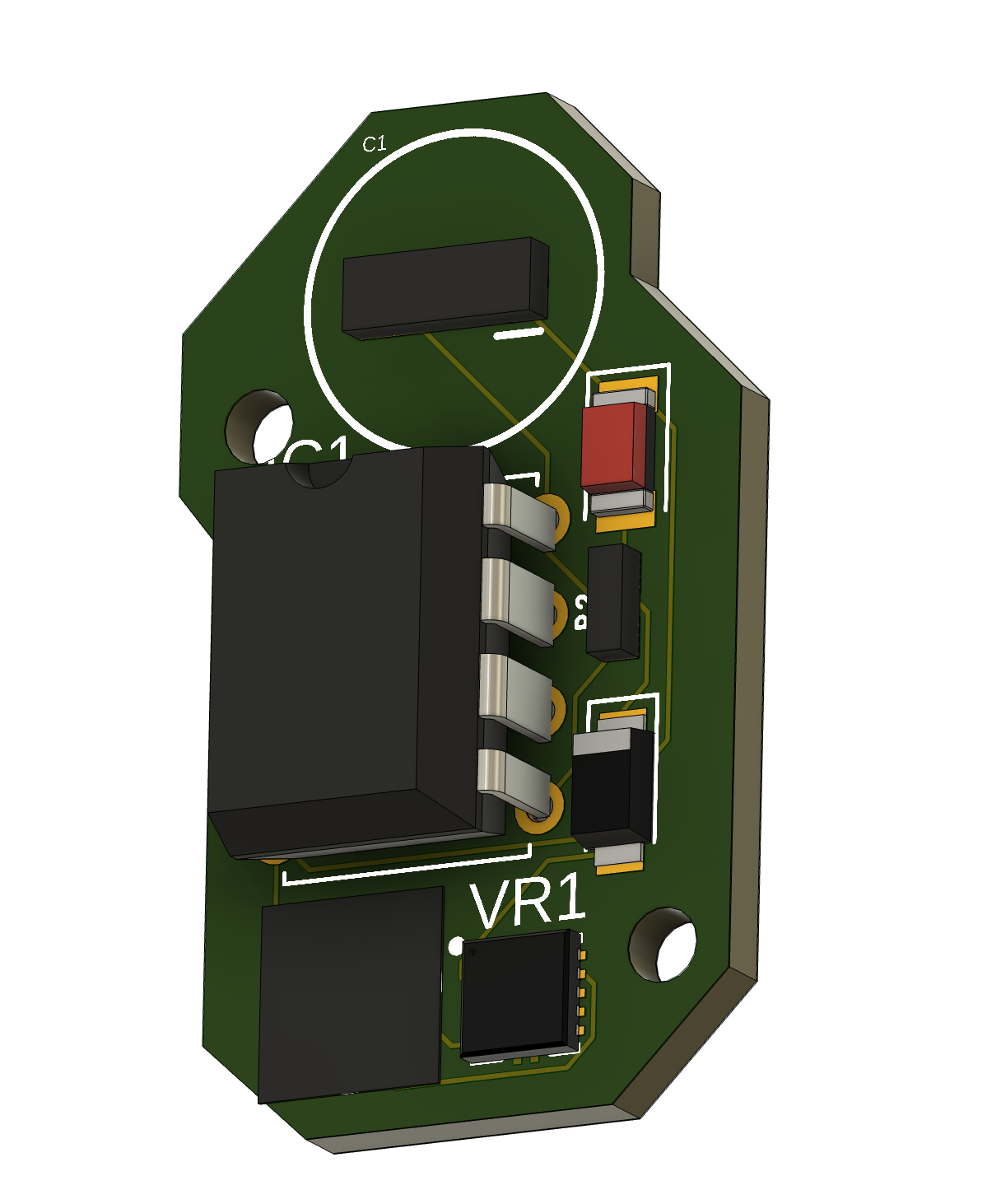
Refined Prototype
After learning PCB design skills, I created a full-form BLE board. I used the NRF52832-QFAA-R microcontroller, which specializes in low-power RF and is a versatile platform. Additionally, I added an ADXL345BCCZ accelerometer for tap detection, and an M95P08-EXMNT/E EEPROM chip. The board also includes 3 LEDs for status display and a 2.4GHz radar chip 74889302450.
I purchased the board from OSHPark, and bought the components from Digikey. At home, I laser-cut a solder-paste stencil from mylar and sintered the chips in a homemade reflow toaster oven.
Unfortunately, this board didn’t work. It had flaws in the design, such as the chip antenna being completely botched and untuned. Additionally, the laser-cut mylar solder-paste stencil had poor tolerance and deposited too much solder paste due to kerf.
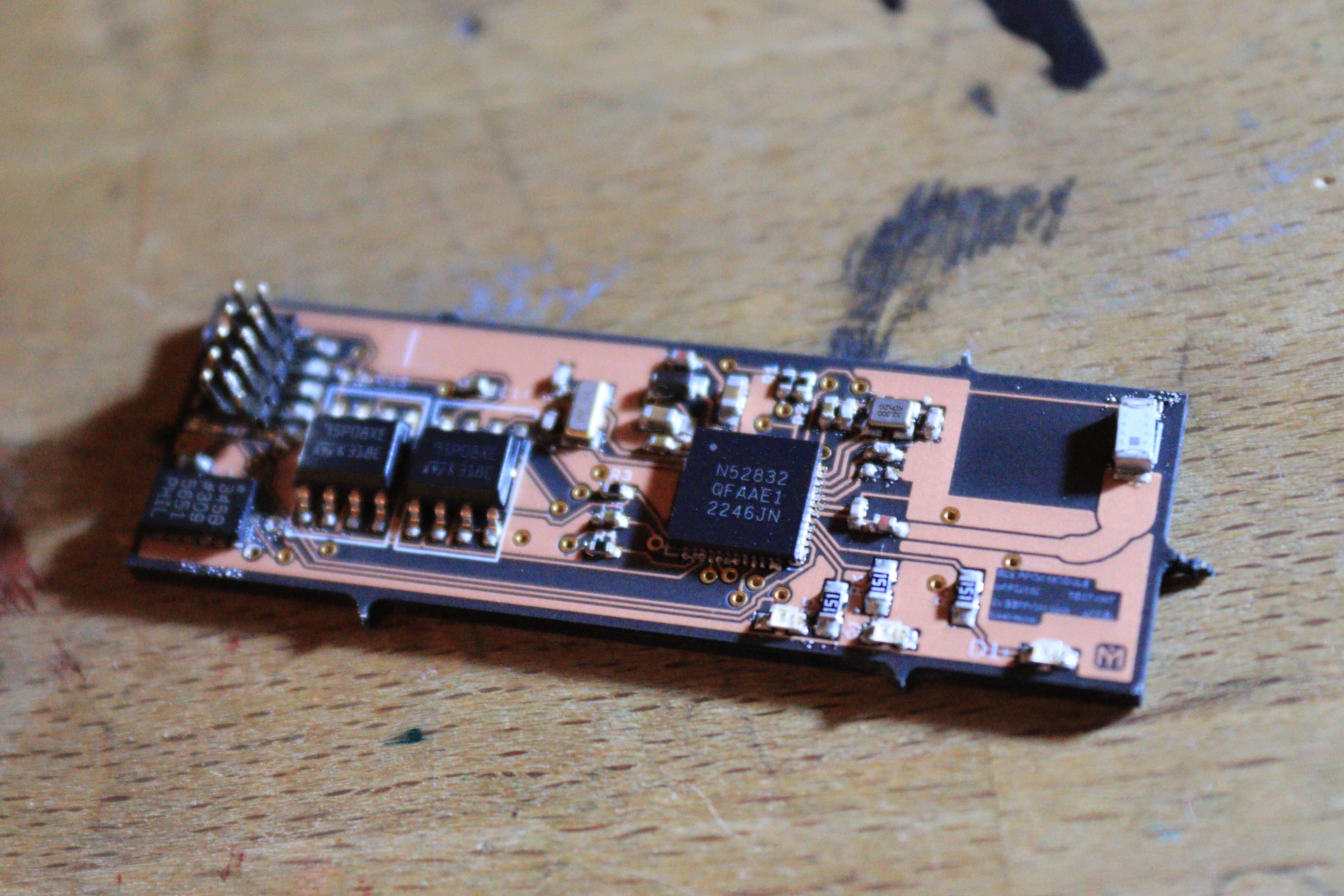
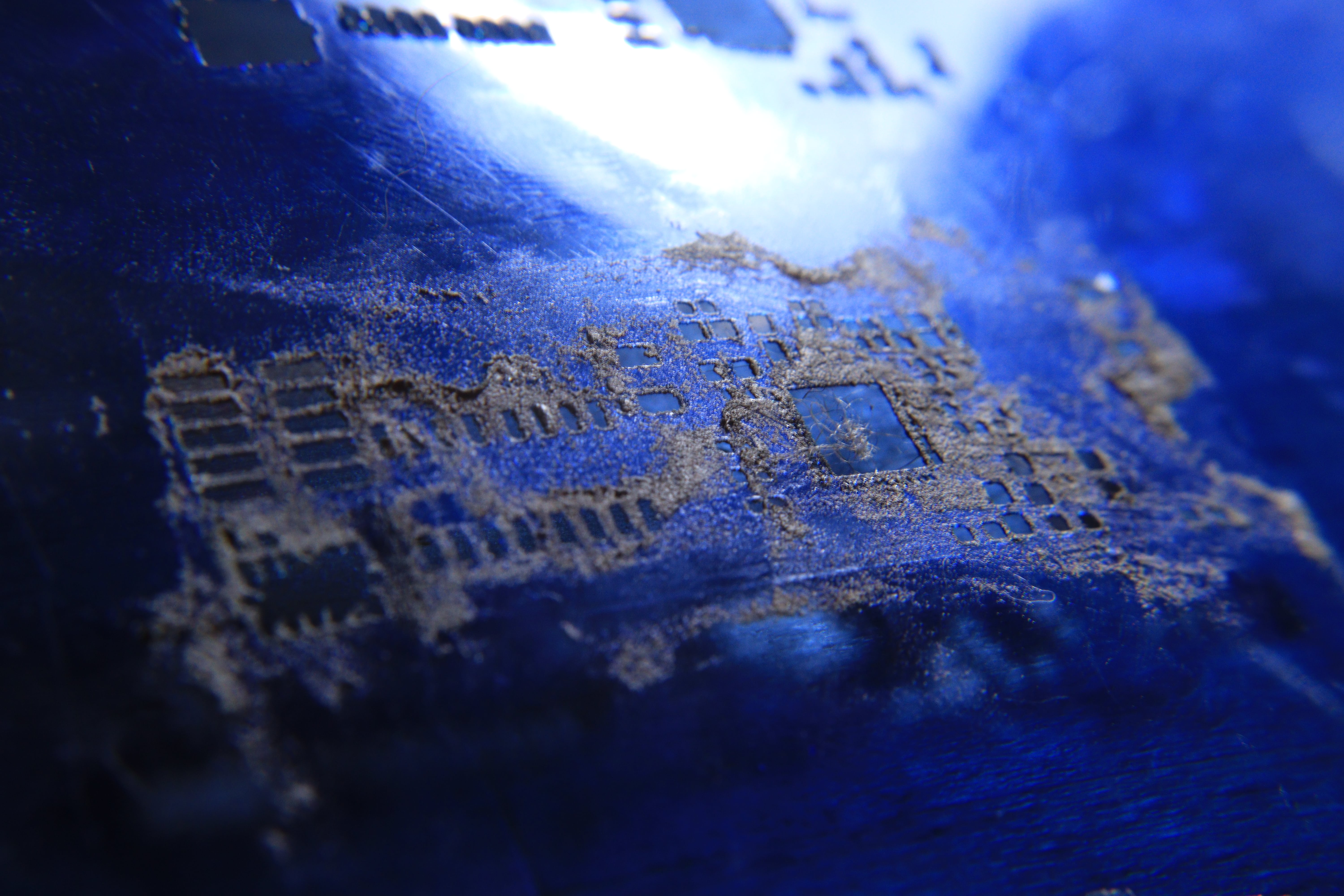
Final Board
Incorporating lessons learned from the prior boards, I created the Clasp board V2.0. This new board kept the NRF52832-QFAA-R microcontroller and ADXL345BCCZ accelerometer, but added many improvements. This new model uses an NPM1300 low-energy power regulation chip, supports LiPo batteries, and allows charging via USB-C. Instead of a chip antenna, a PCB trace antenna was used, and the EEPROM was scaled down into a smaller chip.
This board worked well and was a good platform for the NRF52832. It was able to run the NRF examples and showcased full functionality.

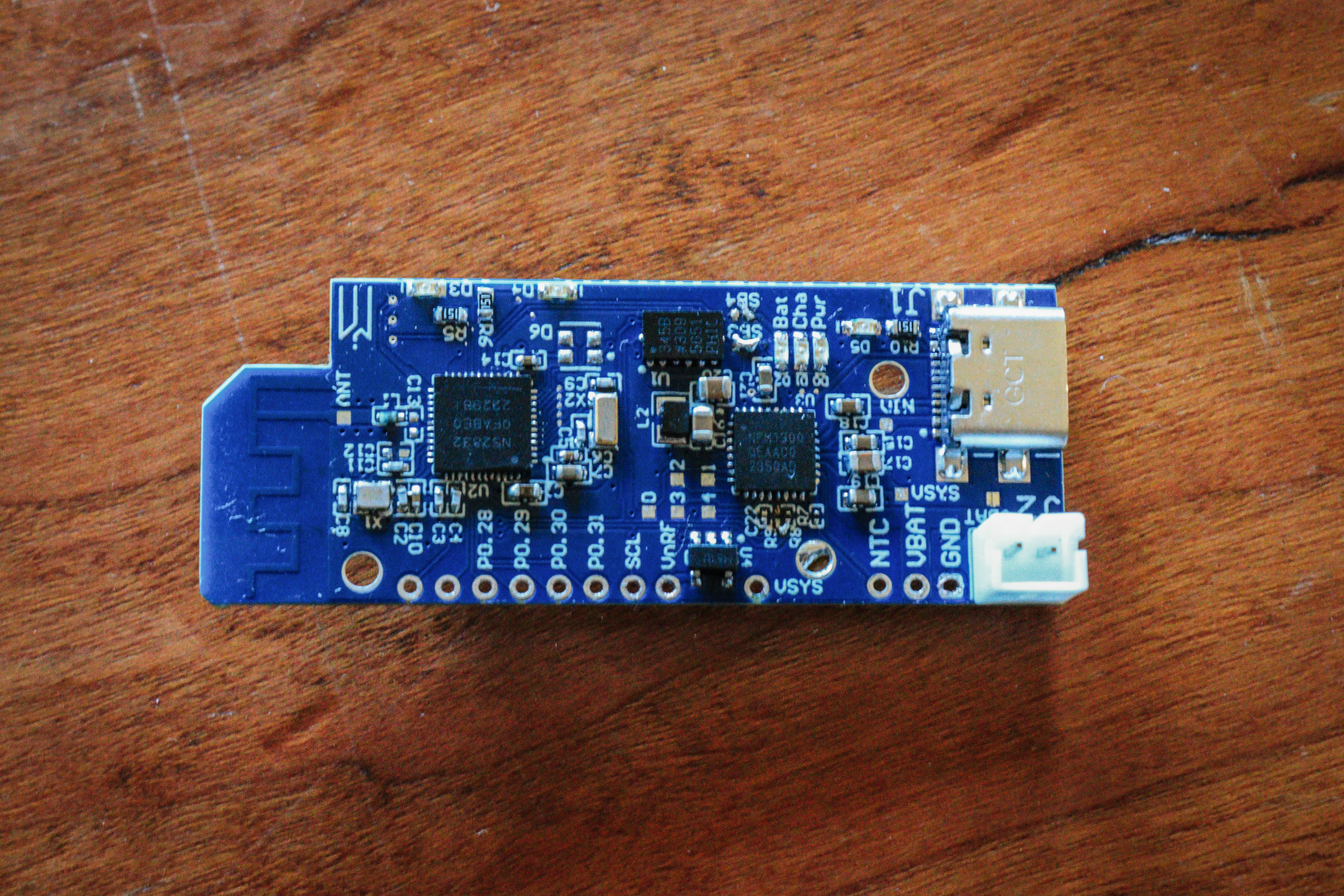
Enclosure
The enclosure for Clasp is currently designed to fit on a keychain. Here are some images of the enclosure:
